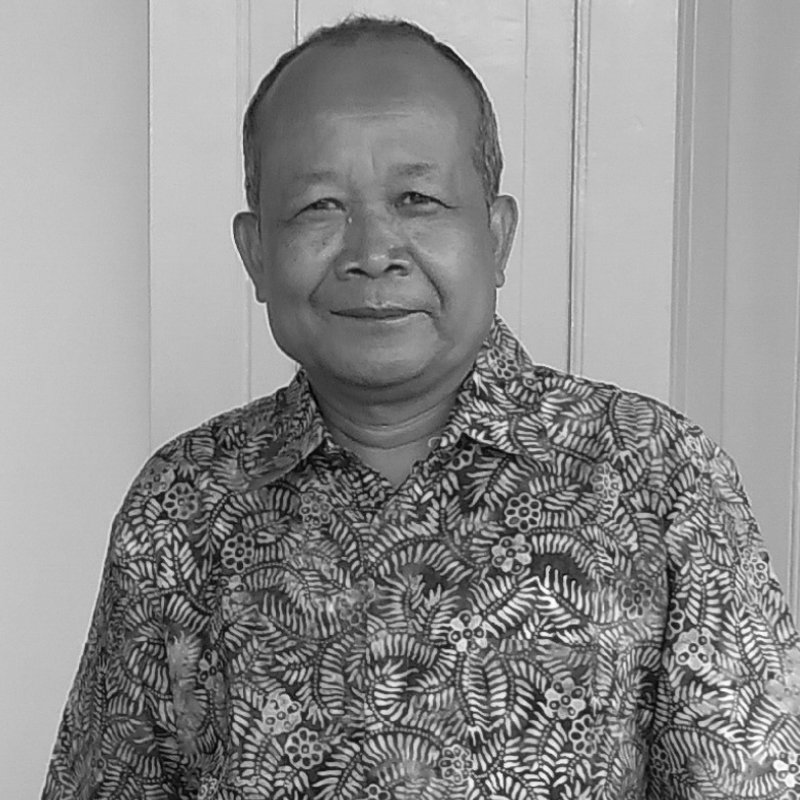
Familiar with the world of art and culture since childhood, Subandi Giyanto (born in Bantul, 1958) learned to carve and cast Yogyakarta style shadow puppets when he was 7 years old. He is a visual artist, a cultural actor, and a retired teacher with an artistic practice that focuses on shadow puppetry, murals, and painting. He contains many traditional styles in his works, for example the clown figure in his paintings. The new phenomenon highlighted in his work, in the form of a car, is a long journey in his search for identity. Since 2009, Subandi has developed and given birth to several innovations in his practice, such as painting murals, at the suggestion of Samuel Indratma.
Subandi's interest in the world of arts and culture has led him to receive several awards, including Piagam Penghargaan Anugerah Kebudayaan, Gubernur Daerah Istimewa Yogyakarta (2018), Piagam Penghargaan Anugerah Prestasi, Gubernur Daerah Istimewa Yogyakarta (2017), The Best Visual Art Award, Creative Visual Art Competition, Festival Seni Internasional, Yogyakarta (2014), dan Piagam Penghargaan Seniman dan Budayawan bidang Seni Lukis Kaca, Bupati Bantul (2013).
Meanwhile, several of Subandi's solo exhibitions include Gilingwesi, Bentara Budaya Yogyakarta (2023), Nunggak Semi, Bentara Budaya Yogyakarta (2019), and Gambar Pitutur, Pitoe Gallery, Yogyakarta (2005). He is also actively involved in several group exhibitions, such as Yogya Annual Art, Bale Banjar Sangkring, Yogyakarta (2024), Seni Agawe Santosa, Semarang Gallery, Semarang (2023), Transposition, National Gallery of Indonesia, Jakarta (2022) and National Culture Week, Jakarta (2020), and Power of Political Art, Eric Quezada Center for Culture and Politics, San Francisco, USA (2018).
PRANATA MANGSA: MANGSA 1- 12 (2024)
Ancient Javanese farmers marked the seasons (mangsa) periods based on a universal calendar called pranata mangsa. The rhythm of nature in the ancestral agricultural culture was predicted through the circulation of the sun and the constellation Orion. In the eyes of farmers, Orion, the hunting god who appears in the night sky, is a waluku, a tool for plowing rice fields. The Orionic calendar was a benchmark for planting seasons, recognizing animal behavior and weather changes. This ancient wisdom also contains the beauty of literature.
Pranata mangsa divides a solar year into four seasons. The first is the third or katiga season which consists of kasa (first), karo (second) and katelu (third). The leaves are falling and the heat of the sun is at its peak. Rain starts to fall in the second season, labuh, taking place in the season of Kapat (fourth), Kalima (fifth) and Kanem (sixth) seasons. Nature offers greenery and clear river water. Then it was followed by the third season or mangsa rendheng when rainfall is very high, lasting during the season of kapitu (seventh), kawolu (eighth) and kasanga (ninth). Unsettling diseases and floods arrived, but it is a blessing in disguise for farmers to welcome the next season. Then comes the fourth season, namely mangsa mareng which takes place in the season of tenth, eleventh and twelfth when the birds begin to hatch eggs, before the dry season returns. This cosmic calendar time loop lasts for six months, from June 22 to December 21, then continues in reverse from December 22 to June 21.
The twelve paintings of Pranata Mangsa depict each mangsa with their respective wuku and character. Wuku is the prediction of "good" and "bad" days which are predicted through a seven-day time cycle, giving the identity of the character depicted. The motif of wayang purwa displays the main characters or gods, excerpts from wayang stories are described as isen-isen or complements to the whole. In these works, there is not just one style because the forms of humans, animals and technological objects are not flat like wayang. Some of them also remind us of the drawing style of wayang beber. The precision in drawing the classical Yogyakarta style wayang shows that Subandi is an expert wayang artist. Painting motifs of wayang cannot be interpreted as simply fulfilling standards because essentially it's like "coming home to the story".
When the painter recently returned to his home village, the singing of katydids (Cicadidae) could be heard everywhere, even though their season had not yet arrived. The singing of katydids means the emergence of the noble word. Nature has changed, it can no longer be predicted based on pranata mangsa.
In general, the calendar most widely used today is based on the important role of two celestial bodies, namely the Sun and the Moon. Apart from that, several cultures use the Sun (Solar)-Moon (Lunar) combination as a standard for their calendar system, such as those used by the Chinese and Ancient Egyptians. The lives of agrarian communities in the archipelago were not only based on the Moon and Sun, but in the traditions of Indonesian ancestors, especially those who work as farmers and fishermen, utilized knowledge of astronomy, ecology and biology in devising their calendar, as well as using several other celestial bodies as standard, such as the Pleiades constellation. and the constellation Orion. They also adapted to seasonal cycles and other life cycles. This quite complicated calendar system is known as Pranatamangsa (seasonal regulation).
The Meaning of Pranata Mangsa
Pranata Mangsa comes from two words, namely Pranata which means rule/regulation and Mangsa which means season or time. So Pranata Mangsa is a time regulation used by farmers to determine or carry out work.
Pranata Mangsa is a kind of calendar related to the seasons according to Javanese understanding, especially among farmers and fishermen. This kind of understanding is also known by other tribes in Indonesia, such as the Sundanese and Balinese (known as Kerta Masa).
History of Pranata Mangsa
The formal form of pranata mangsa was introduced during the time of Sunan Pakubuwana VII (King of Surakarta) and began to be used on June 22 1856, intended as a guide for farmers at that time because the lunar calendar was considered inadequate as a standard for farmers to plant. It should be realized that rice planting at that time only took place once a year, followed by palawija (secondary crops) or padi gogo (upland rice). Apart from that, pranata mangsa at that time were intended as a guide for related parties to prepare themselves for natural disasters, considering that weather forecasting technology was not known yet. This pranata mangsa in the form of an oral "collection of knowledge" is still applied by some groups of people and is more or less an observation of natural phenomena.
There are some indications that Javanese people, especially those who live in the areas around Mount Merapi, Mount Merbabu, and Mount Lawu, were familiar with the principles of pranata mangsa long before the arrival of some influences from India. These principles are based on the circulation of the sun in the sky and the circulation of the constellation Waluku (Orion). In this region, residents apply a calendar based on the circulation of the sun and the star constellations as a part of the harmony of life following changes in natural rhythms throughout the year. This knowledge can be estimated to have been passed down from generation to generation since Kingdom of Medang (Hindu Mataram) period from the 9th century to the Mataram Sultanate period in the 17th century as a guide in the fields of agriculture, economics, administration and defense (military).
Seasons can also be linked to animal behavior, development of plants, the surrounding natural situation, which in practice is closely related to agricultural culture. Based on these characteristics, a year can also be divided into four main seasons and two “minor” seasons: Bright (“clear sky”, 82 days), Semplah (“suffering”, 99 days) with small season of Paceklik in the first 23 days , Udan (“rainy season”, 86 days), and Pangarep-arep (“hopeful”, 98/99 days) with small season of Panèn on the last 23 days. In a more detailed division, one year is divided into 12 seasons (mangsa) which are shorter in time but vary in duration, according to those stated in the following Pranoto Mongso prism:
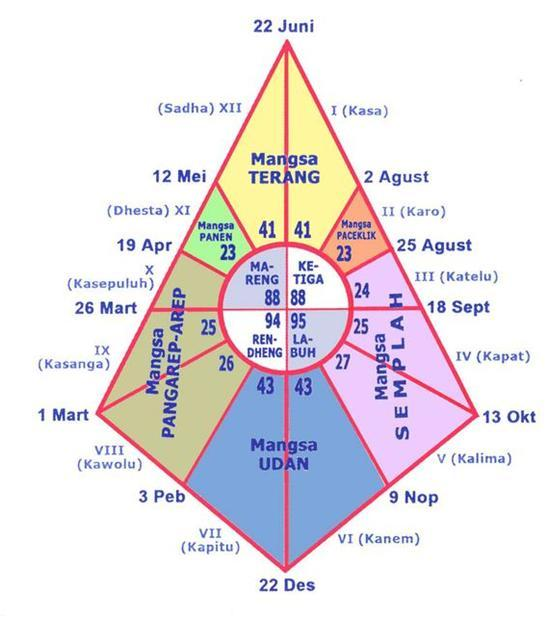
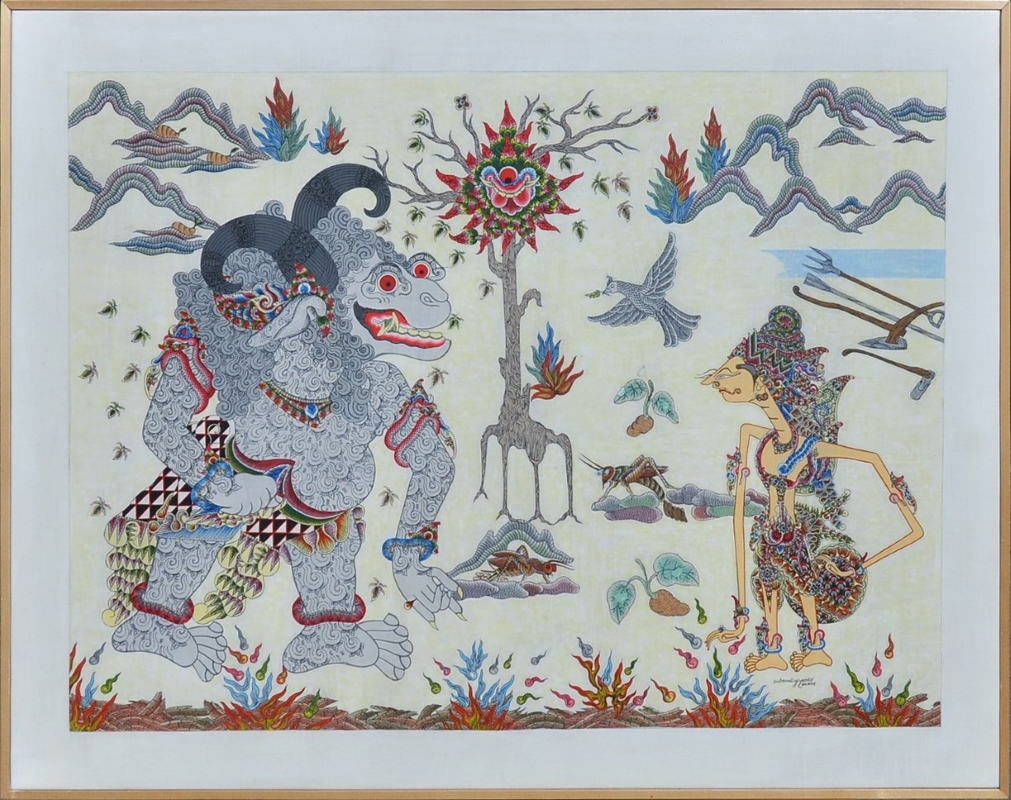
The name of the month is Kartika
The star that covers is Lintang Mesa/Sheep
From 22 June – 1 August, the lifespan is 41 days
Farmers burn the remaining rice stalks, which are still left in the fields. At this time, farmers begin to plant secondary crops, grasshoppers begin to make burrows, lay eggs, the leaves on the trees begin to fall, leaving only the stems and twigs.
its Moon: Sotya murca ing embanan (The eye of the ring [pearl] falls off from the engraving of the ring, the leaves fall from the tree, the trees are left with only their branches).
Wind direction from North East to South West.
Sunlight around 76%, air humidity around 60.1%, rainfall around 67.2 mm, air temperature around 27.4o C.
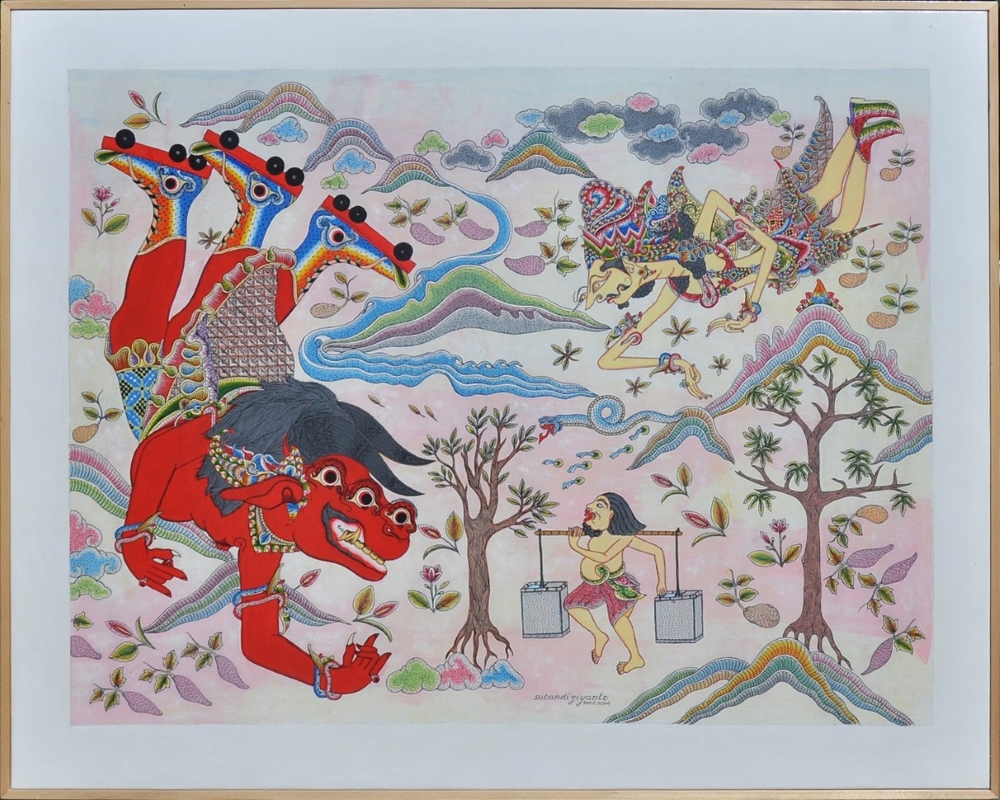
The name of the month is Pusa
The star that covers is Lintang Prasada/Bull
From 2 – 24 August, the lifespan is 23 days
Secondary crops are starting to grow, kapok and mango trees are starting to bloom, the ground is cracking a lot.
Its Moon: Cushions made from soil (starting to crack a lot).
Wind direction from North East to South West, light breeze.
Sunlight around 76%, air humidity around 60.1%, rainfall around 32.2 mm, air temperature around 27.4o C
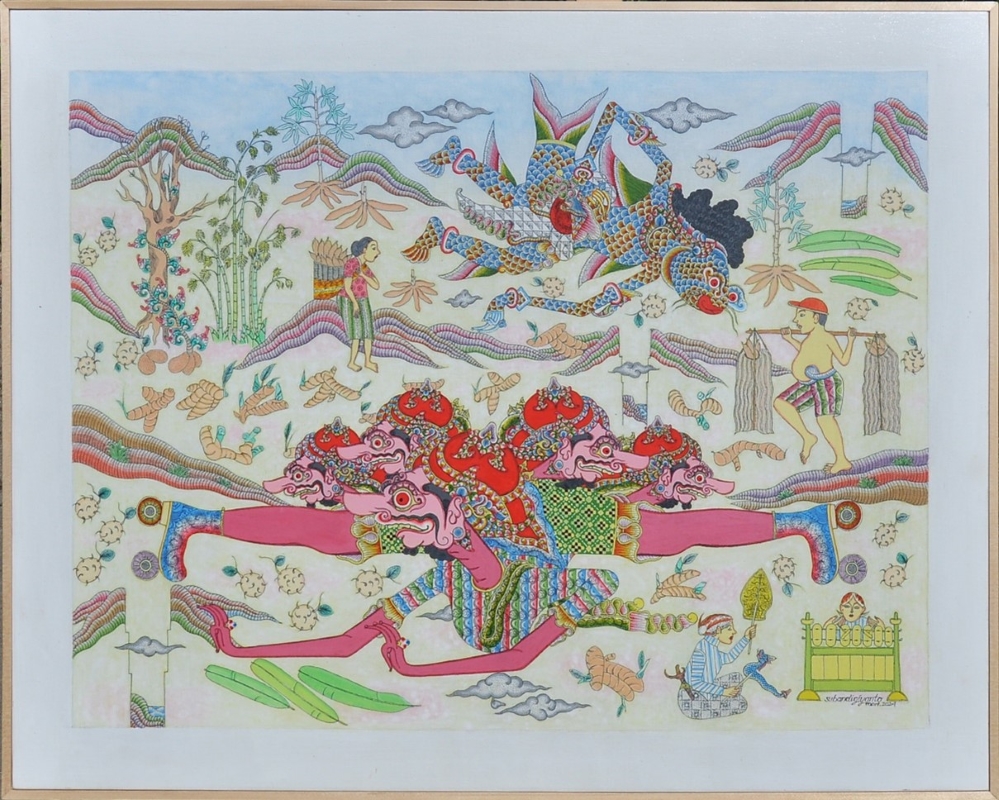
The name of the month is Manggasri
The star that covers is lintang Mintuna
From 25 August –17 September, the lifespan is 24 days
There was a time when the land could not be planted because it was dry, the air was hot and there was no water. In the dry season, it's time to start harvesting secondary crops, bamboo plants, gadung, ginger, turmeric, sweet potatoes are starting to sprout.
Its Moon: Suta manut ing bapa (the child who follows the father, the plants that follow the path of their lanjar).
Wind direction from north to south is dusty.
Sunlight around 76%, air humidity around 60.1%, rainfall around 42.2 mm, air temperature around 27.4o C
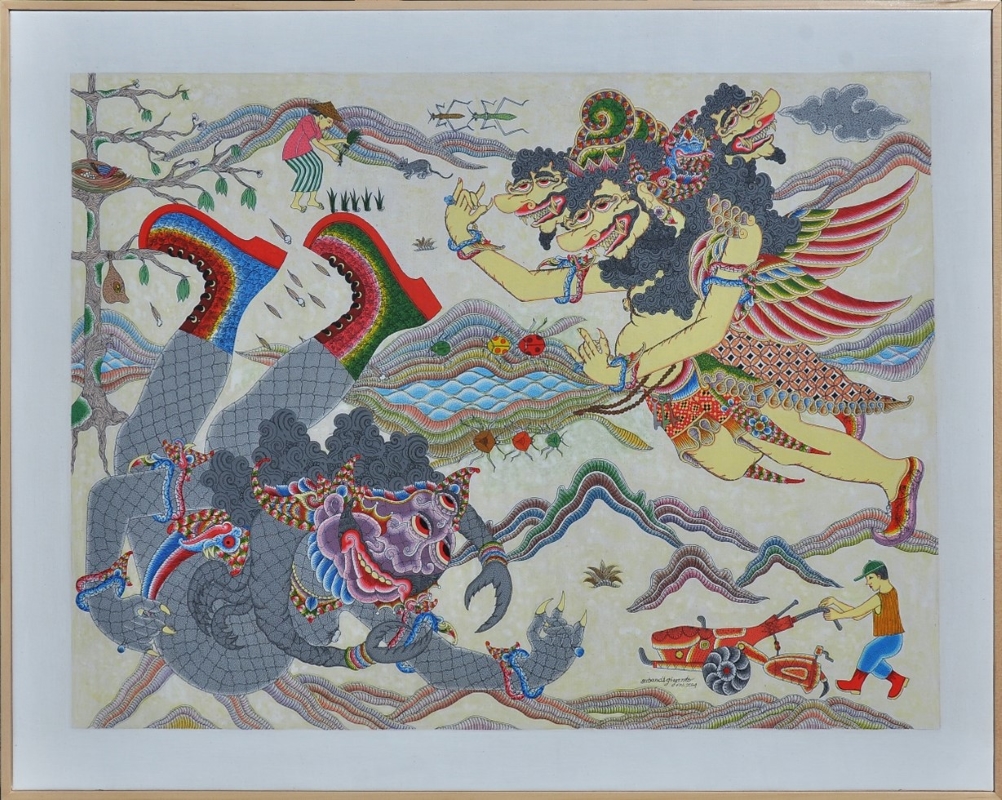
The name of the month is Sitra
The star that covers is Lintang Rekata
From 18 September – 12 October 12, the lifespan is 25 days
The rice fields have no plants due to the dry season, the farmers harvest secondary crops and start working on the land to plant gaga rice, the kapok trees start to bear fruit, small birds such as sparrows and weaver birds start to make nests and lay eggs.
Its moon: Waspa kumembeng jroning kalbu (tears (eluh: Javanese) full (kumembeng/ kembeng/ kebak: Javanese) in the heart, the source of water starts to dry up stored in the ground. In the end of season the dark clouds start to appear but often disappears.
Wind direction from northwest to southeast, the air is light but dry and feels hot.
Sunlight around 72%, air humidity around 60.1%, rainfall around 109.1%, air temperature around 26.7o C
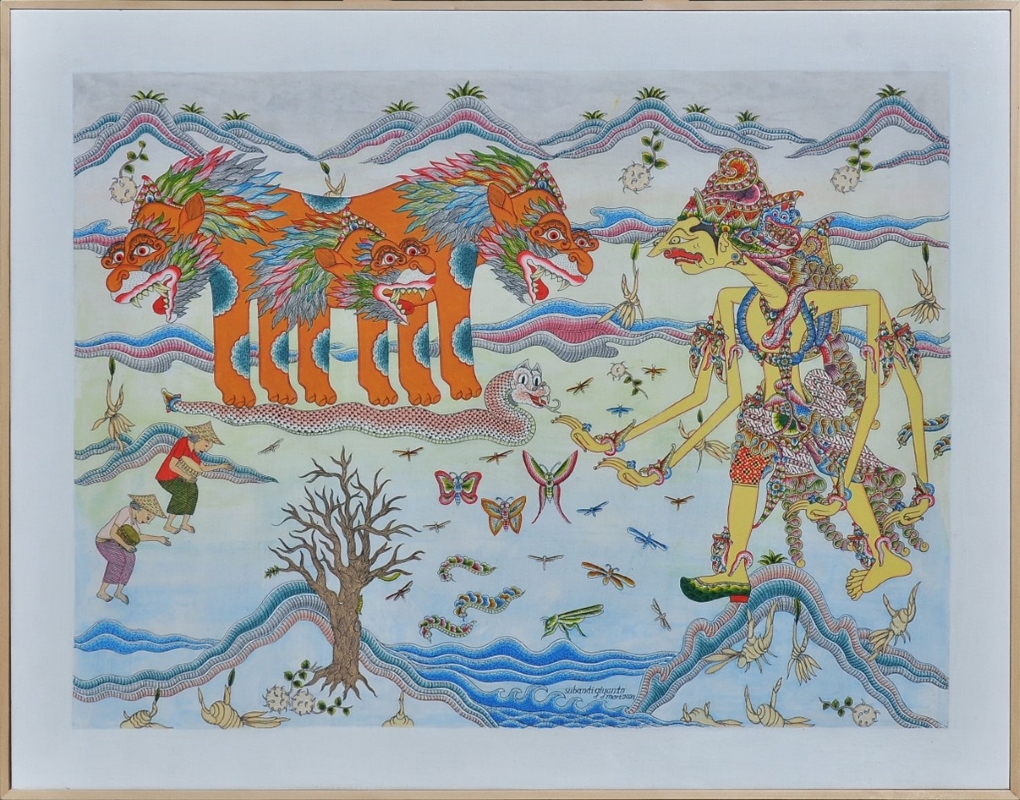
The name of the month is Manggala
The star that covers is Lintang Singha/Singa
From 13 October – 8 November 8, the lifespan is 27 days
It starts to rain, sometimes the rain is heavy, the ground starts to get wet and the moss grows, the farmers start to fix the ditches around their fields so that the water flows smoothly. Gaga rice began to spread, tamarind trees began to grow their young leaves (sinom), turmeric, gadung began to have many leaves, various kinds of caterpillars, snakes and flies began to appear,
Its moon: Pancuran emas sumawur ing jagat (meaning: rain falls to the earth).
The wind direction is strong from the northwest to the southeast.
Sunlight around 72%, air humidity around 60.1%, rainfall around 151.1%, air temperature around 26.7o C
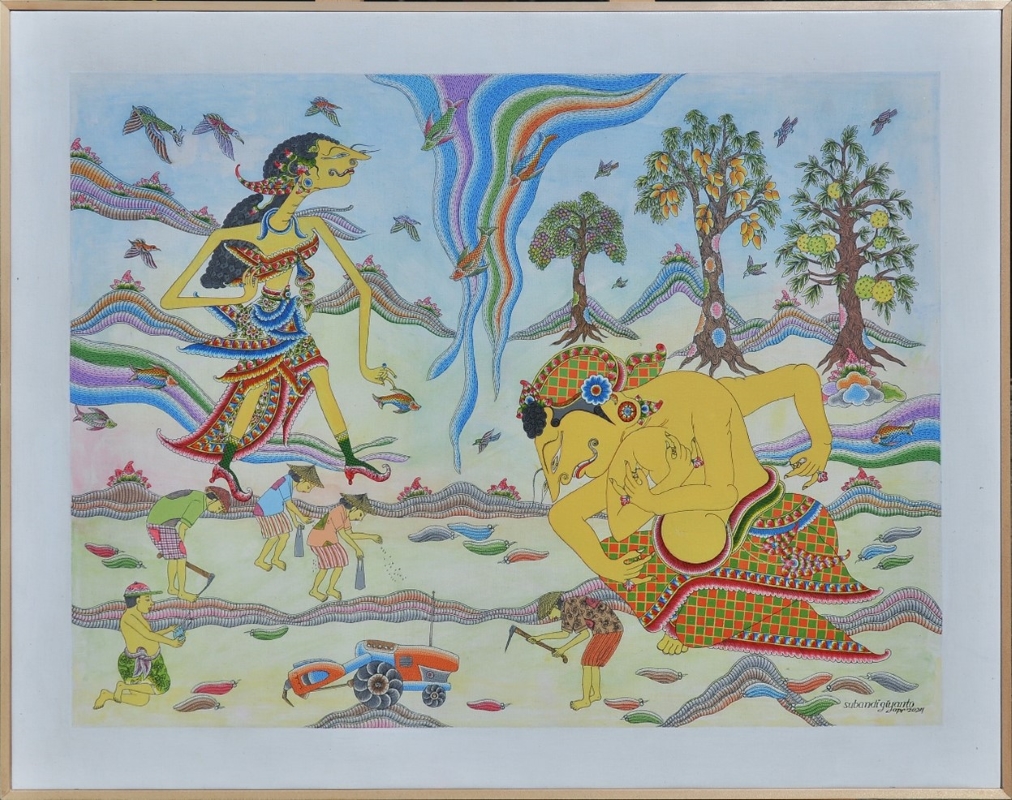
The name of the month is Naya
Star that covers is Lintang Kenya/Rara Kenya
From 9 November to 21 December, the lifespan is 43 days
Farmers start their work in the rice fields spreading seeds in the nursery, the wet air feels cold, lots of rambutans, mangoes, mangosteens and durians start to ripen, grouse birds start to appear in ponds and rice fields.
Its moon: Rasa mulya kasucian (meaning: time of abundant fruit).
Farmers start plowing the fields, cockroaches start appearing.
The wind direction from west-east feels strong.
Sunlight around 72%, air humidity around 60.1%, rainfall more than 402.2%, air temperature around 26.7o C
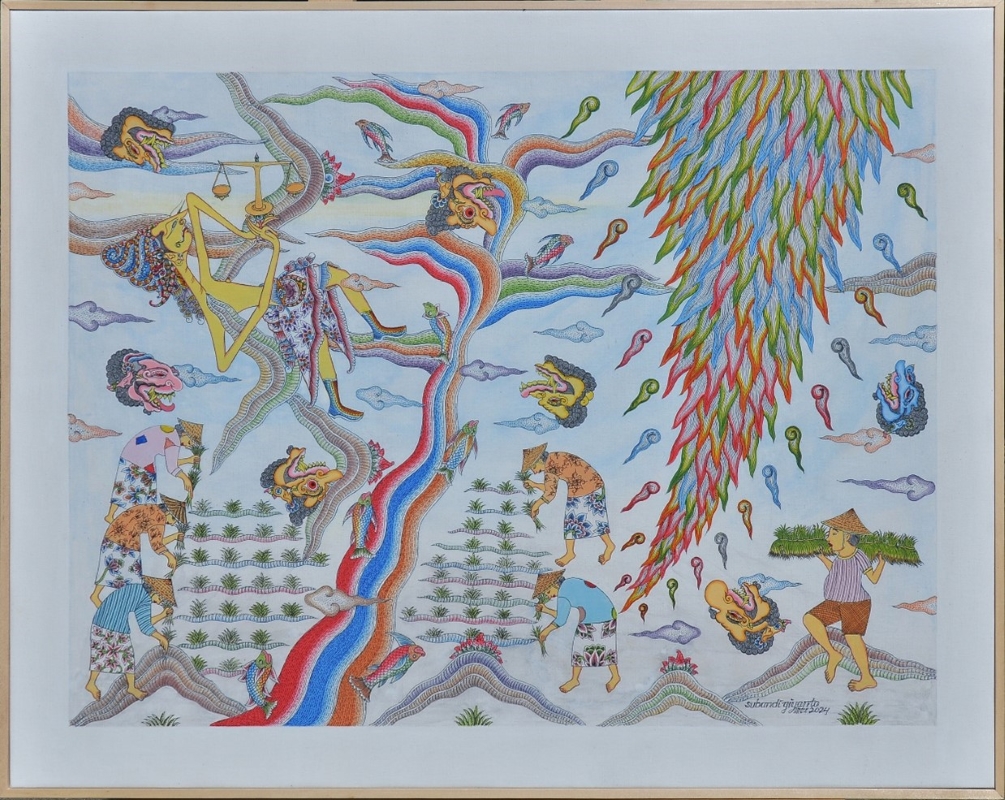
The name of the month is Palguna
The star that covers is Lintang Tula/Libra
From 22 December to 2 February, the lifespan is 43 days old
Farmers start cultivating (planting rice) in rice fields, heavy rains, rivers start to overflow. The air is wet and cold. Birds have difficulty finding food.
Its moon: Wisa kentir di maruta (meaning: season of many diseases. The river floods and there is a lot of wind).
Sunlight around 67%, air humidity around 80%, rainfall around 501.4%, air temperature around 26.2o C
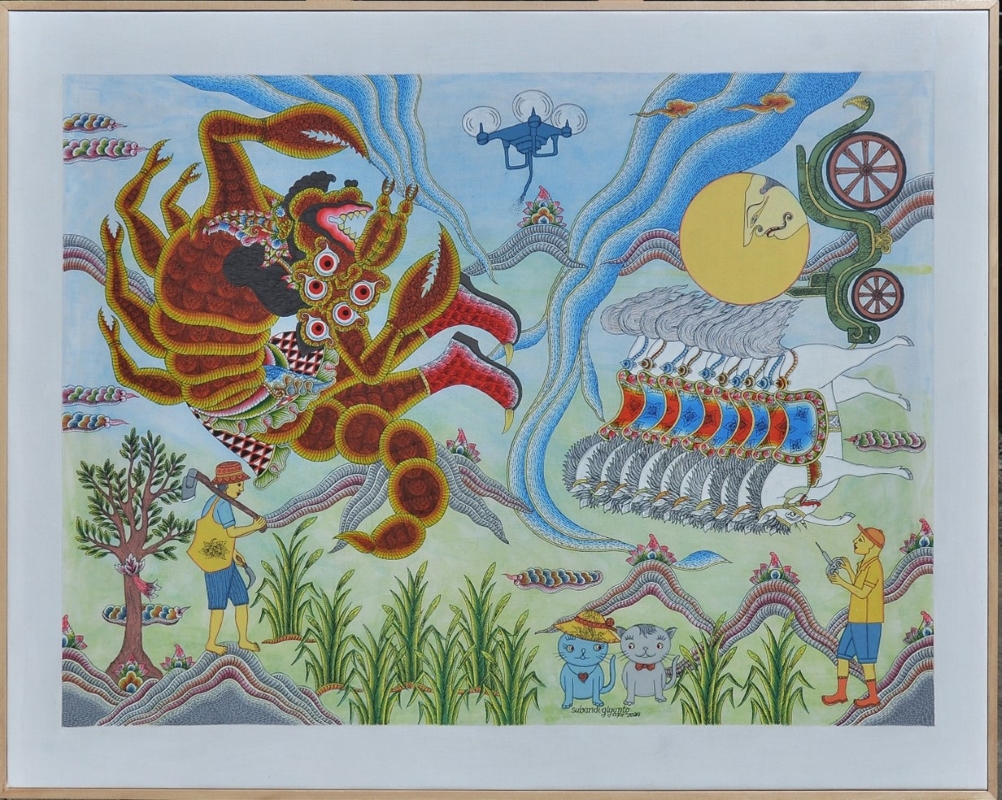
The name of the month is Wisaka
The star that covers is Lintang Mraceka
From 3-28 February, the lifespan is 26 days; in 4 years, it will be 27 days.
The rain is starting to decrease, it's starting to get hot, the rice fields are starting to turn green, some are starting to flower, some are bearing fruit, the agricultural corn harvest (corn is ready to be eaten = delicious when boiled), caterpillars/larvae, caterpillars are starting to become abundant.
its moon: Anjrah jronin Kayun (the heart is happy and full of passion), it's time for the cats to get together (get married).
Wind direction is from Southwest to Northeast, strong and going back and forth.
Sunlight around 67%, air humidity around 80%, rainfall around 371.8 mm, air temperature around 26.2o C
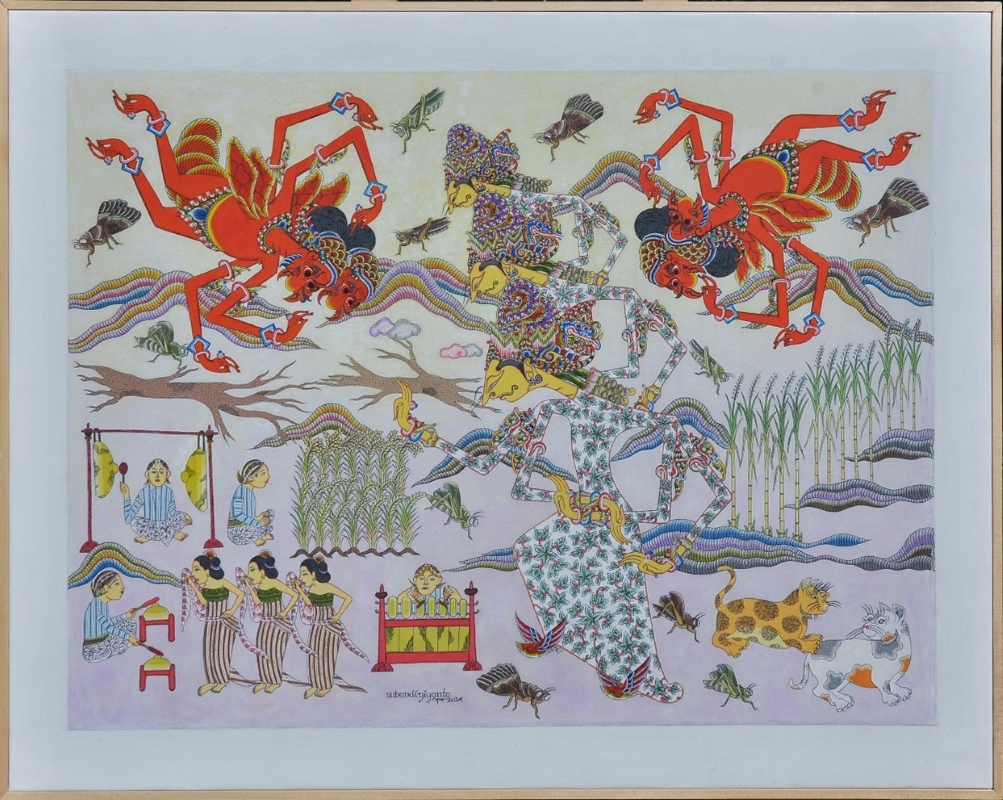
The name of the month is Jita
The star that covers is Lintang Danuh
From 1 - 25 March, the lifespan is 25 days
The rain is starting to decrease, the rice is starting to flower, some are starting to bear fruit, some are turning yellow.
Sweet oranges and Duku fruit are starting to ripen, Grasshoppers are starting to sprout, Cats copulate, Crickets are starting to chirp.
its moon: Wedharing wacana mulya (the discharge of the beautiful sounds), it's time for Jangkrik (cricket), Gangsir chirps (whines), Gareng Pung starts chirping/groaning, Jangkrik comes out and the cicadas appear on the tree.
Wind direction from the South, very strong and stable.
Sunlight around 72%, air humidity around 80%, rainfall around 252.5 mm, air temperature around 26.2o C
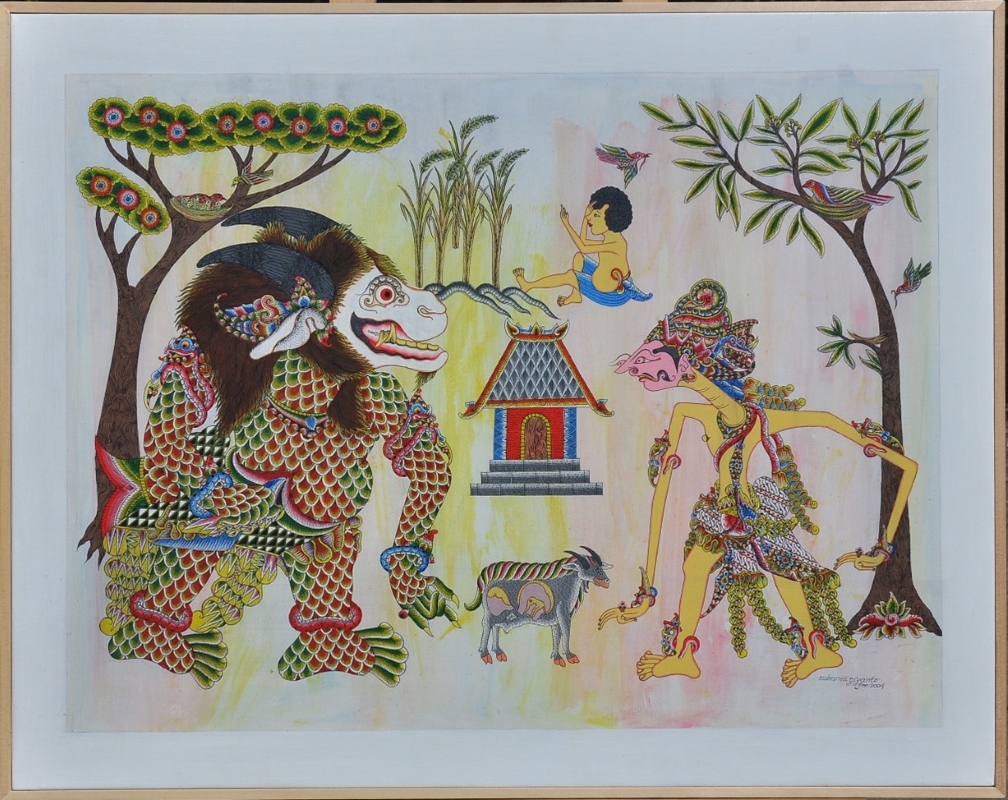
The name of the month is Srawana
The star that covers is Lintang Makara
From 26 March to 18 April, the lifespan is 24 days
There is little rain, the rice is starting to turn yellow, the rice harvest is slow, many animals are pregnant, small birds are starting to hatch and some are starting to hatch.
Its moon: Gedong minep jroning kalbu (a house closed in the heart)
Wind direction from the Southeast, strong and constant.
Sunlight around 60%, air humidity around 74%, rainfall around 181.6 mm, air temperature around 27.8o C.
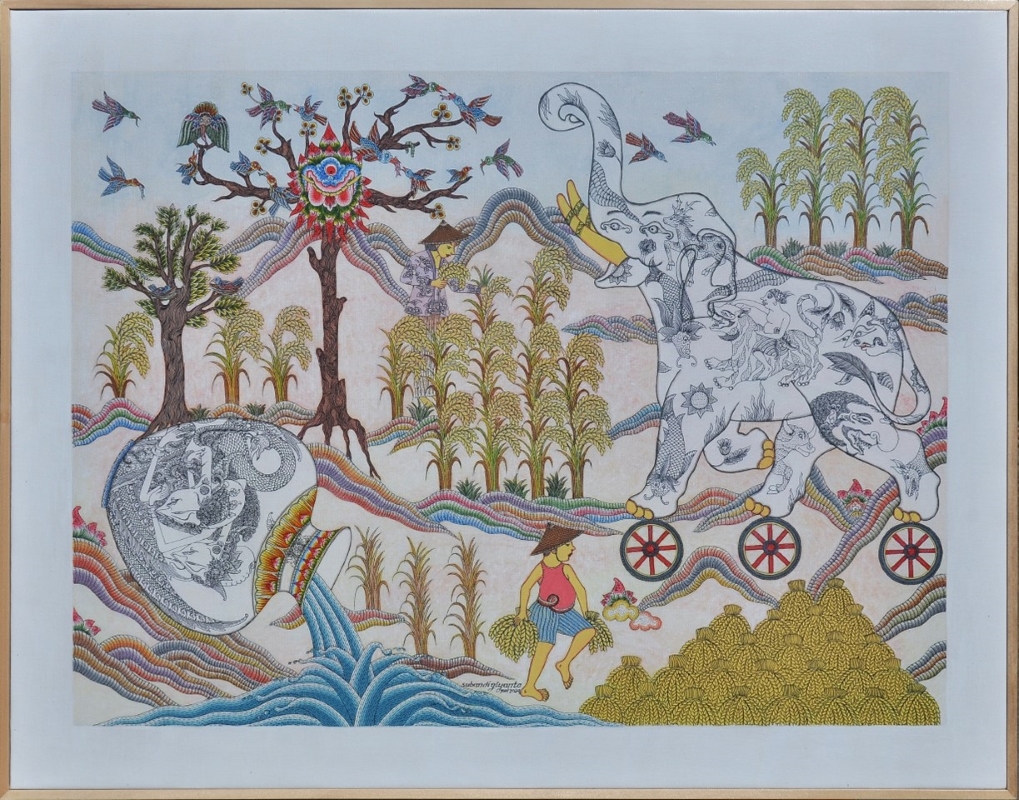
The name of the month is Padrawana
The star that covers is Lintang Kumba
From 19 April – 11 May, the lifespan is 23 days
Rain is decreasing, the air temperature is hot, root crops are starting to grow old, farmers are starting to harvest, farmers are cutting rice.
Its moon: Sotya sinira wedi (The contents of one's heart are poured out to those closest to them), which is the season for birds to feed their baby birds. Some birds incubate eggs.
Wind direction from Southeast to Northeast, strong and constant.
Sunlight around 60%, air humidity around 74%, rainfall around 129.1 mm, air temperature around 27.8o C.
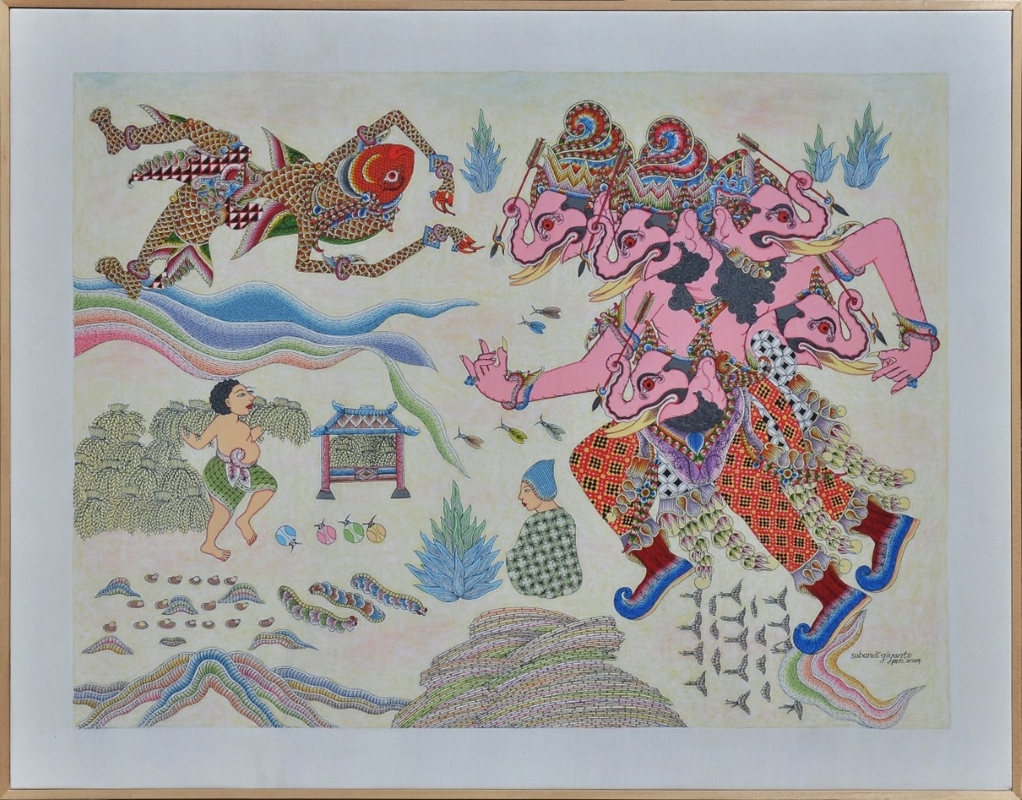
The name of the month is Asuji
The star that covers Lintang Mina
From 12 May – 21 June, the lifespan is 41 days old
Rain rarely falls, after harvest the farmers dry their rice and some put it in the barn. In the rice fields there is only dry straw. In the highlands pineapples, tangerines and tamarind are starting to ripen.
its moon: Tirto sah ing sasono (water leaves its place). Meaning: it's like sweat disappears from the body, this time begins to bedhidhing, at night it's cold, during the day it's hot but people rarely sweat because the air is cold.
Wind direction from East to West, light breeze.
Sunlight around 60%, air humidity around 74%, rainfall around 149.2 mm, air temperature around 27.8o C.